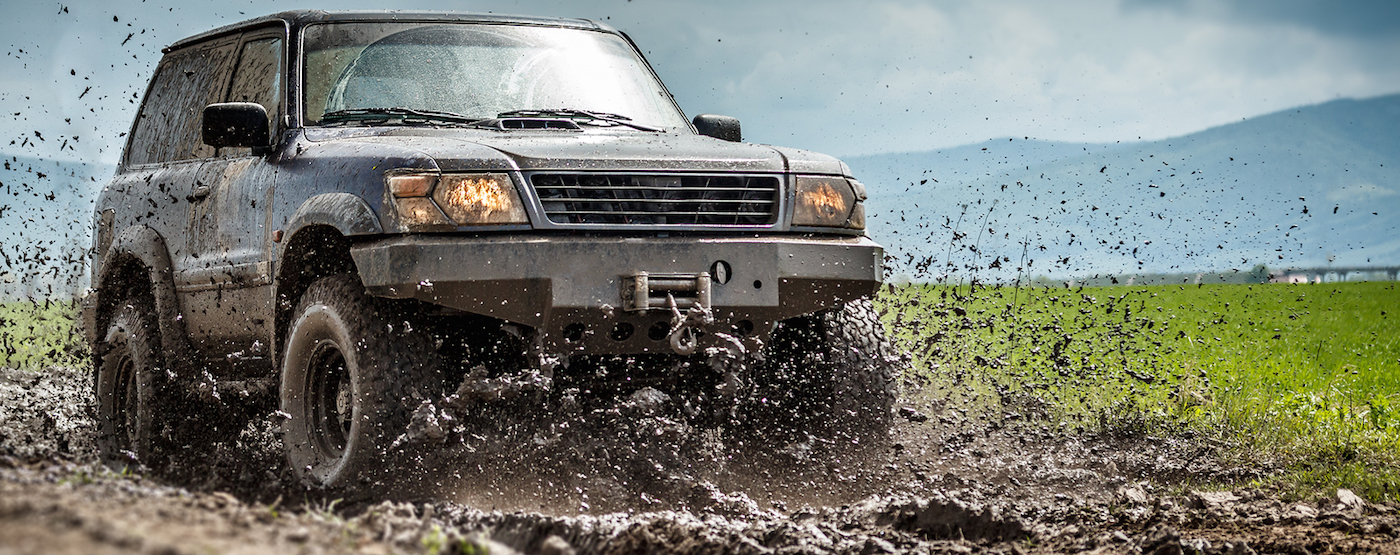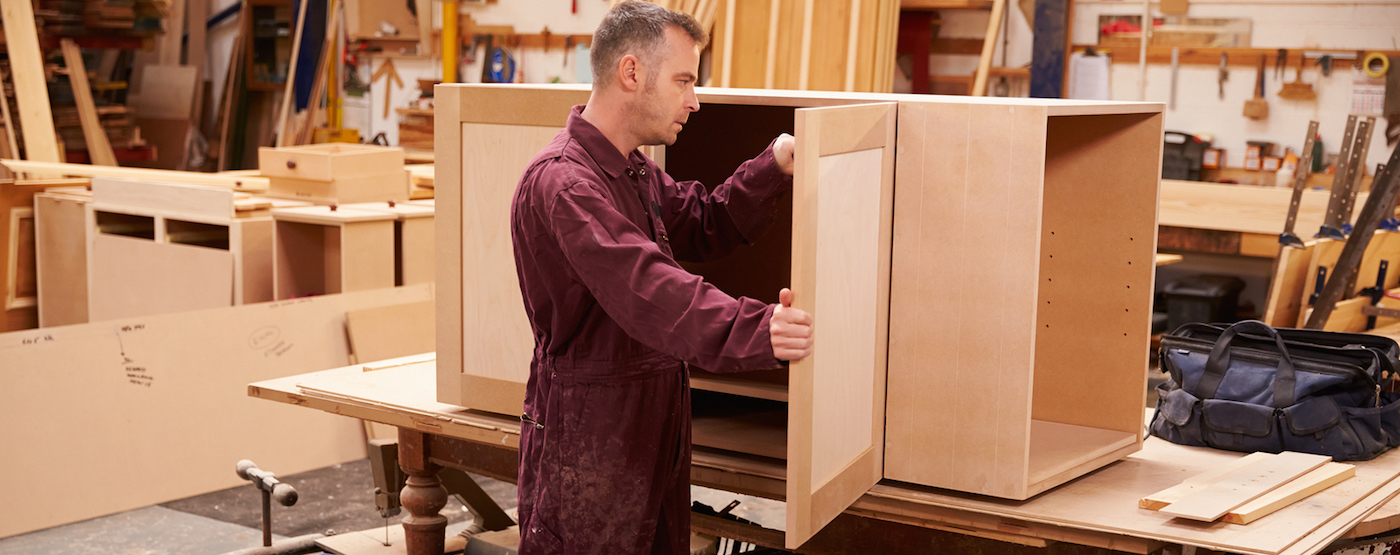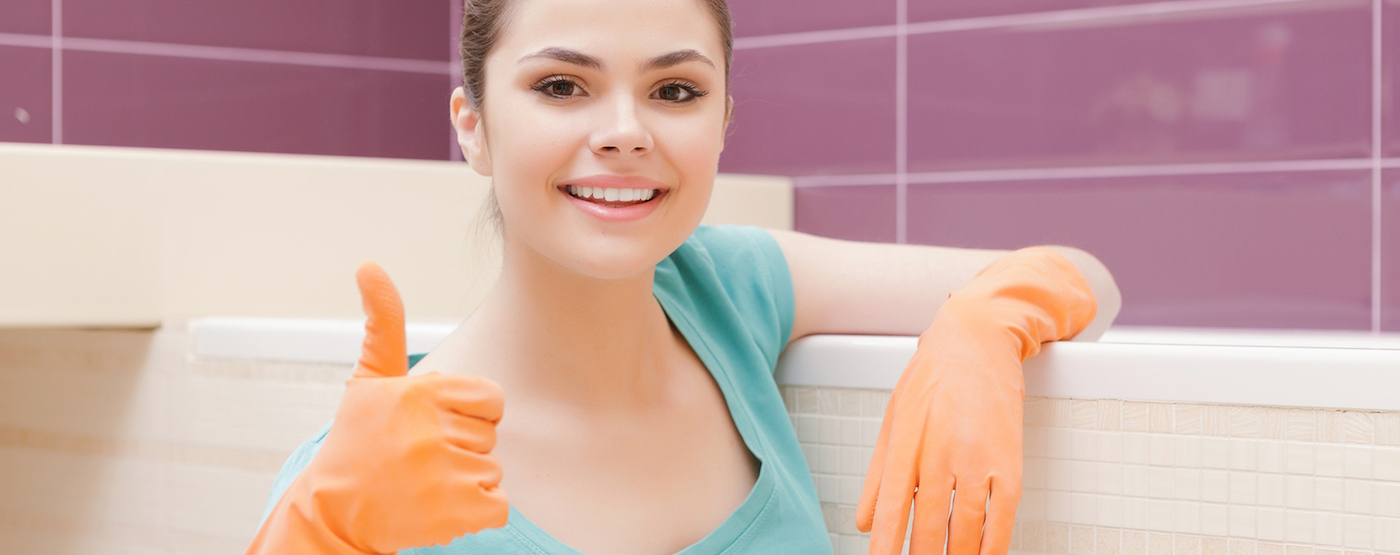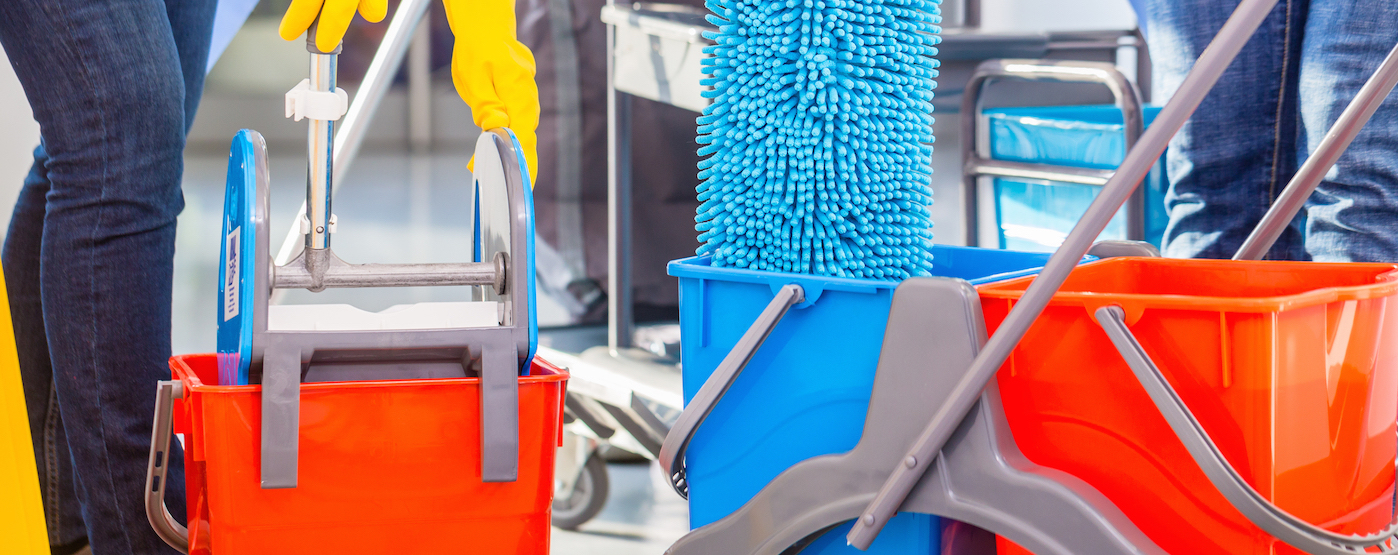Your truck is a huge investment and something to take pride in. And just like the body of your truck, your likely to want to keep the interior in impeccable condition.
So when it comes to maintaining the rubber flooring in your truck, what works and what doesn’t? How do you keep and maintain the shine?
It is often a challenge to figure out how to clean rubber flooring in trucks and maintain the desired luster and shine after they dry. While there are some things that most certainly do not work, there are some preferred methods that work the best. Many try scrubbing their mats with Simple Green or other cleaners, but while it will look shiny while wet, it dries dull.
Our neutral pH rubber cleaner and degreaser gently cleans your mats while maintaining the shine with a streak-free finish. Another benefit to our rubber cleaner is that it does not have a harsh, chemically smell. While some mat cleaners may work well, the headache from the fumes is not worth it. You also want to make sure the cleaner you are using does not attract dirt.
So what makes our pH neutral rubber mat cleaner and degreaser perfect for the rubber flooring in your truck?
- Tough on grease. With all the wear and tear your mats will endure, our cleaner is highly effective because it kicks the grease, yet is gentle and formulated specifically for rubber material unlike other cleaners that are commonly used on rubber mats.
- Mats dry streak-free! No more worrying about how your truck mats will look once they are dry.
- Neutral pH. Unlike other chemicals containing harsh, toxic chemicals, our neutral pH cleaner is considered a green cleaner, formulated by chemists specifically for rubber.
Successfully cleaning and restoring your truck mats and rubber flooring is simple. If needed, first scrub the mats and flooring with a brush to remove any dirt or mud that is crusted on. After shaking or vacuuming your mats, simply spray down the mats with our cleaner and wipe them down.
The plus side is our cleaner is versatile. So in addition to efficiently cleaning rubber mats (whether in your truck, shop or other facility) it is ideal for cleaning large surface areas of rubber flooring as well.
—Clean Break




